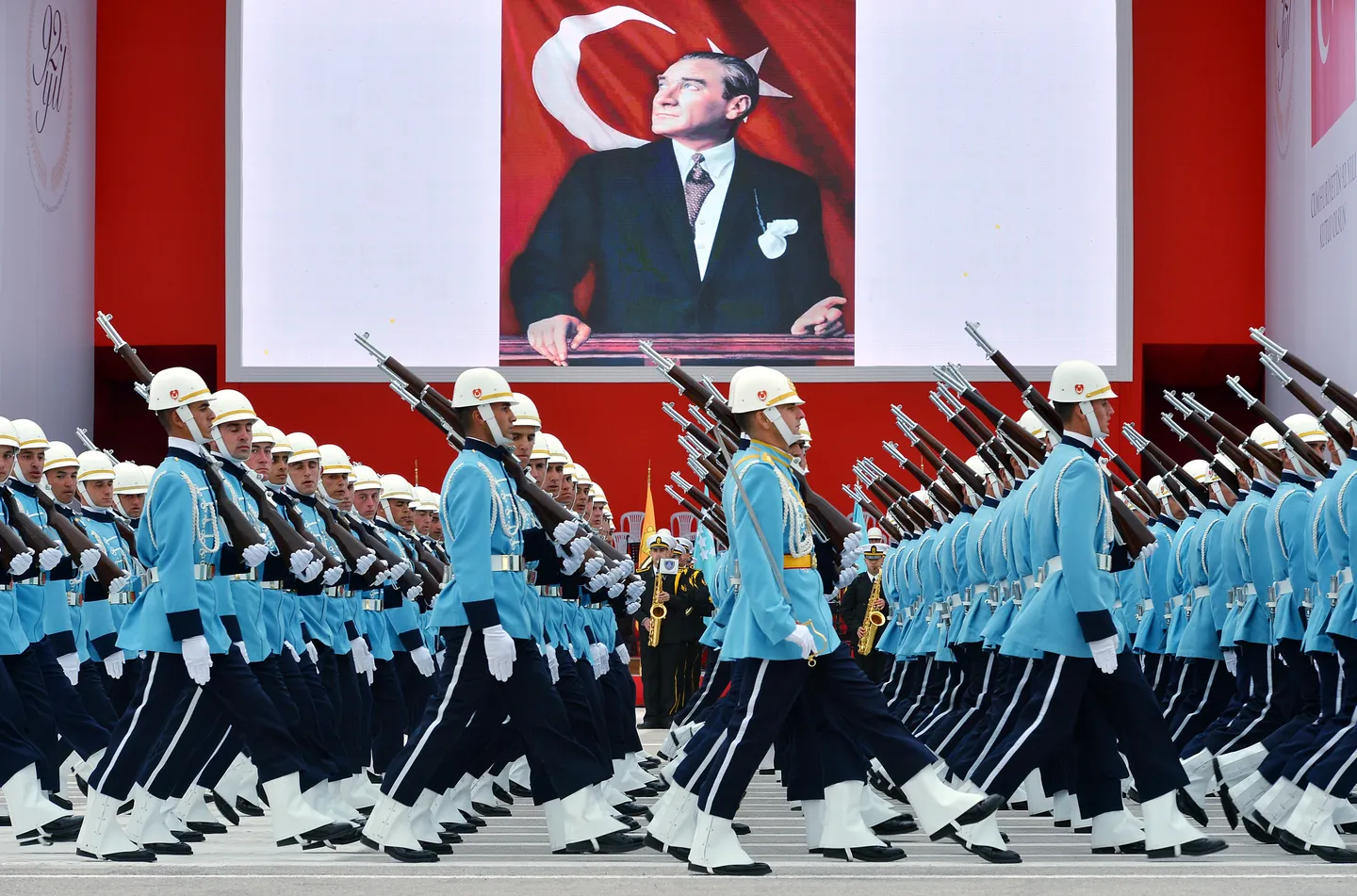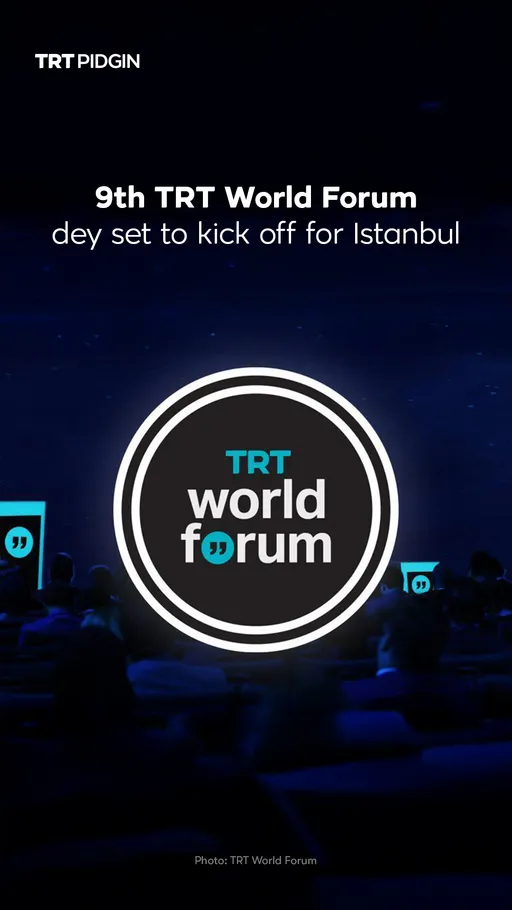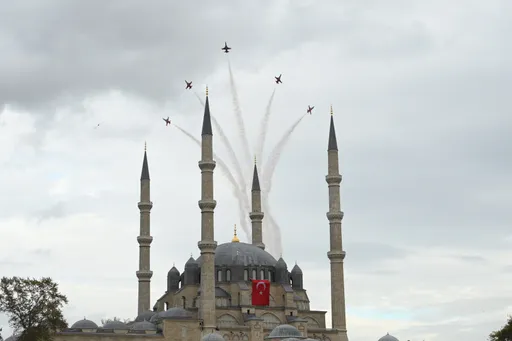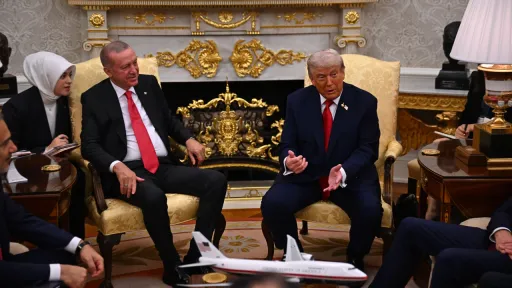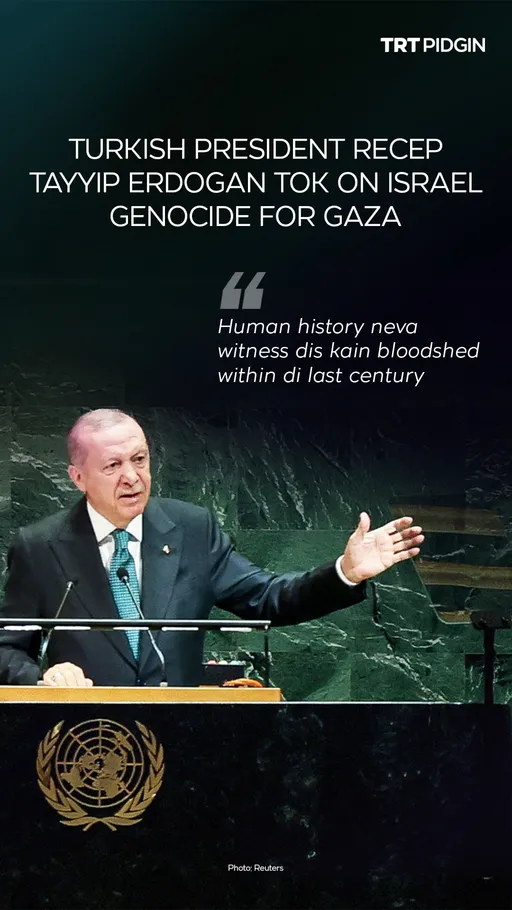Di year na 1918. Di Great War don finish, but e leave behind di ruins of wetin be one big empire.
Most of di empire land don loss, millions of di people don die, and even di imperial capital dey under occupation.
Not long after, Greek forces begin waka enter Western Anatolia, while wetin remain of di empire na di vast steppes, dry hills, and di barren heartland of Anatolia.
Di state dey scattered, tired, and e no get one voice to command—e dey divided between di occupied Istanbul and di rising Ankara.
Di question be say, country wey don suffer war and trauma like dis fit get any big plan for di future? I go talk say e fit get, and e actually get.
Many people dey think say na only big powers wey fit control world politics fit get grand strategy.
But some people no agree, dem believe say every state get grand strategy, whether dem sabi am or dem no sabi.
Governments no dey always act with perfect information or correct timing. Sometimes, wetin dem wan do go pass wetin dem fit handle, or dem go act too late or too early.
But even if state no get formal document or clear plan, di way dem dey do foreign policy go show how dem dey see threats and how dem wan handle am.
For dis reason, every state, no matter di size, get grand strategy—some dey more ambitious pass others.
My own idea of grand strategy na say e be di highest-level security plan wey state dey use: e dey broad for time and space, and na di political leaders dey decide am.
Wetin be grand strategy?
Di main thing wey grand strategy dey focus on na how di country go survive. Wealth, peace, and prestige no go matter if di state no dey exist again.
As Swiss-American historian Arnold Wolfers talk for 1952, security no be only wetin state dey find, but also wetin dem dey try avoid—threats.
So, grand strategy dey start with di identification of di main threats to di state survival—whether na from rival powers, hostile neighbours, or internal wahala.
Once dem sabi di threats, dem go come plan how to neutralise am. Because no state fit face all di danger at once, grand strategy na about prioritisation—deciding which threats dey important pass.
Most times, states dey put military threats for front. So, di first part of grand strategy na how to fight—or how to avoid fight.
Dem go ask: should we target di enemy material power or di will to resist? Should we go for quick victory or long war of attrition?
From Carl von Clausewitz to Liddell Hart, two military strategists, na dis kind questions dey shape military strategy. But victory no always dey worth di risk.
Some states dey use other methods like threats, small force, or full-scale war. As di use of force dey reduce, diplomacy and foreign policy go take over.
So, grand strategy no end for battlefield. Apart from military and coercive strategies, di third part of grand strategy na alignment.
States go decide if dem wan face threats alone, find allies, or just dey hide.
Di main thing for grand strategy na di overall plan wey answer four questions: di state wan change or keep di power balance for di region or world? E dey find security through fight or cooperation? E dey act alone or with others? And e dey project power forward or dey defensive for home?
Different answers to dis questions dey lead to different grand strategies like expansionism, primacy, cooperative security, restraint, and isolationism.
For example, state wey dey act alone and dey aggressive for far places dey follow expansionist strategy, while state wey dey stay for im borders and no dey engage dey follow isolationism.
Di Turkish way
We fit use dis framework take look Türkiye grand strategy from 1919 till today.
Each period dey look di threats wey leaders see as di most serious, and di military, coercive, and alignment strategies dem use.
To analyse Türkiye grand strategy for any time, we go ask if di country wan change or defend di status quo, if e choose fight or cooperation, if e act alone or with others, and if e deploy resources beyond borders or stay defensive.
After World War I, di Ankara government face two big threats: Greece and Britain.
Against di Greek forces wey dey occupy, Türkiye fight war of attrition for almost four years and win for August 1922.
Against Britain, dem use diplomacy—dem build relationship with Soviet Union and later France to isolate London.
For dis time, Türkiye accept di postwar territorial status quo wey di National Pact (Misak-i Milli) define.
Dem fight alone but no overextend, dem maintain defensive posture and no get capacity to deploy forward. Dis early period, from 1919 to 1922, fit be called selective engagement—a mix of small war and careful diplomacy to survive with limited resources.
Di new Türkiye—after di Republic declaration and di Treaty of Lausanne for 1923—face new threats for di next decades: Britain till mid-1920s, Italy and Germany for di 1930s and early 40s, and Soviet Union during di Cold War.
Even though Türkiye get issues with Greece and Syria during di Cold War, na dem two become di main threats for di 1990s after Soviet collapse.
Di early 2000s dey calm, but tension later rise again—with Greece, with Assad Syria during di Syrian civil war, and recently with Israel.
For all dis times, Türkiye dey switch between different grand strategies: isolationism with limited resources and distrust for di outside world, cooperative security by joining multilateral efforts, and restraint by balancing caution with engagement.
But for recent times, Türkiye don embrace selective engagement again—this time with more confidence and resources.
Di way dem dey show military, economic, and diplomatic power beyond borders show say dem don shift from di defensive style of di Independence War years to proactive and forward-deployed strategy.
Dis change dey show di journey of Türkiye grand strategy: from survival under occupation to projecting power abroad—balancing ambition and caution, forward and defensive, and wetin dey possible with wetin dey necessary.
